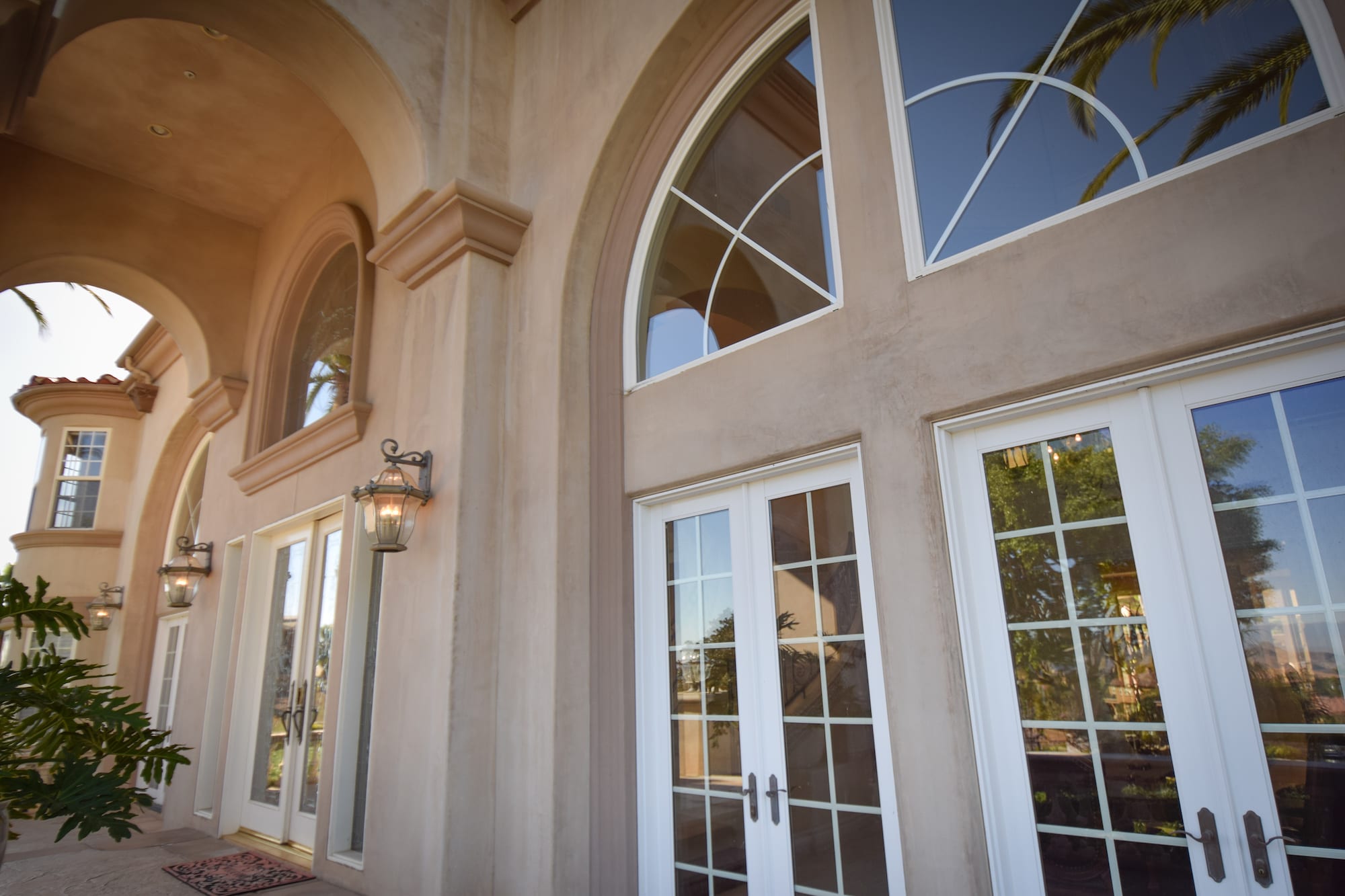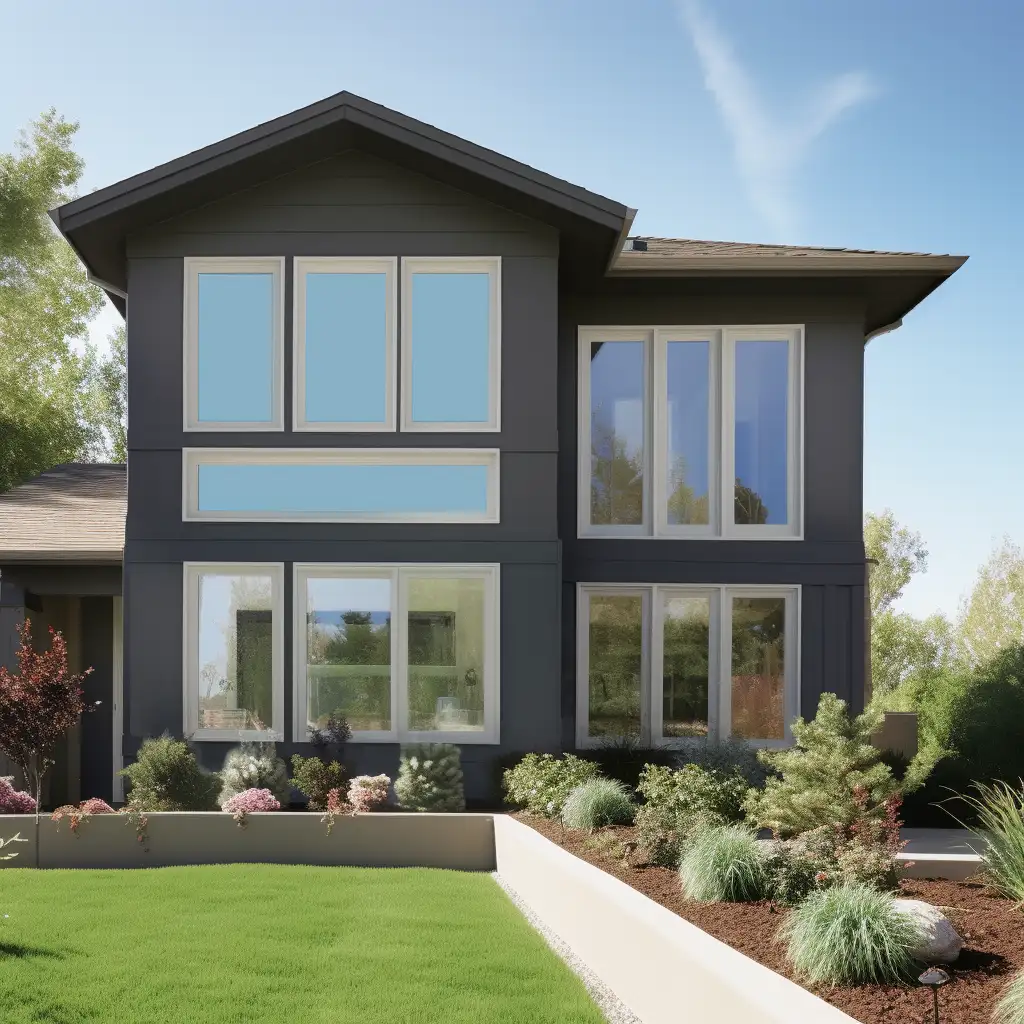Just How Residential Window Tinting Boosts Your Home's Energy Efficiency
Residential home window tinting provides a compelling option for house owners seeking to boost power effectiveness within their living rooms. By using specialized films to home windows, it effectively decreases heat transfer, therefore stabilizing interior temperatures and decreasing the need for too much heating or air conditioning. This not just cuts power consumption yet also gives a much more comfy environment by alleviating glow. Nevertheless, recognizing the nuances of exactly how tinting jobs and selecting the proper kind for your home can be crucial. Oddly, what elements should one think about prior to making this financial investment?
Recognizing Home Window Tinting
Understanding window tinting is important for property owners seeking to improve both comfort and energy effectiveness in their living areas. Residential Window Tint. Home window tinting includes the application of a thin film to the interior or exterior surface of glass windows. This film can significantly modulate the amount of sunshine and warmth that gets in a home, hence affecting interior environment conditions
There are various types of window tinting movies offered, each with distinct properties. The performance of window tinting is frequently determined by its Visible Light Transmission (VLT) portion, which indicates how much light can pass through the film.
Advantages of Power Effectiveness
Window tinting not only enhances aesthetic appeals yet likewise plays a considerable function in enhancing energy effectiveness within residential areas. By minimizing heat transfer with home windows, colored movies develop a more stable indoor environment, which can lead to considerable decreases in energy usage for cooling and heating. This energy performance equates into reduced energy costs, providing home owners with considerable long-term cost savings.

Furthermore, home window tinting boosts the comfort of living areas. By minimizing glow and obstructing unsafe UV rays, tinted home windows create an even more pleasant atmosphere, which can bring about boosted well-being for occupants. The security against UV rays likewise helps protect furniture and floor covering from fading, adding to the longevity of home items.
Just How Tinting Works
Tinting films operate through a combination of advanced products and modern technologies developed to control the amount of solar power getting in a home. Mostly made up of polyester, these films commonly integrate ceramic or metallic particles that reflect and absorb heat. This twin capacity enables them to dramatically reduce the infiltration of ultraviolet (UV) rays and infrared radiation while permitting visible light to travel through.
The effectiveness of home window tinting is gauged by its solar warmth gain coefficient (SHGC), which suggests just how much solar energy is transmitted via the window. Lower SHGC values are more suitable as they signify higher warm being rejected. Furthermore, window colors can include a variety of shades, permitting property owners to tailor their aesthetic choices while boosting power efficiency.
In addition, these films work as a barrier, protecting against heat loss during colder months by reflecting interior heat back right into the home. This thermal insulation effect matches the cooling benefits acquired during warmer months, adding to a well balanced interior climate year-round. By taking care of solar energy effectively, residential home window tinting not just improves convenience however also plays an essential function in lowering power intake and lowering energy costs.
Picking the Right Color

There are numerous types of window films offered, consisting of colored, metalized, and ceramic. Ceramic movies provide outstanding warm control without endangering presence and are highly resilient, making them a prominent option.
Noticeable light transmission (VLT) is an additional crucial factor, as it indicates the amount of natural light that can travel through the colored glass. Home owners need to select a tint with a VLT that complements their lighting preferences while still offering sufficient glare reduction.
Additionally, pop over to this site evaluating the solar warm gain coefficient (SHGC) can assist identify exactly how well a tint can block heat from sunlight. A lower SHGC indicates far better warmth control, inevitably boosting power performance.
Installation and Maintenance Tips
Proper installment and maintenance are essential components in optimizing the benefits of household window tinting. Specialists also make use of specialized tools and strategies, which can enhance the toughness and effectiveness of the color.
Adhering to installment, maintenance is important to prolong the life of the window movie. It is suggested to wait at the very least thirty day before cleaning up the colored home windows to allow the glue to cure completely. When cleansing, use a soft cloth and a gentle, ammonia-free cleaner to stay clear of harming the film. Prevent unpleasant products that could scrape the surface area.
Furthermore, routine examinations are beneficial. Check for any peeling or bubbling, which might suggest incorrect installment or put on with time - Residential Window Tint. Addressing these issues quickly can stop additional damage and preserve energy effectiveness. By adhering to these installation and maintenance click this site tips, property owners can ensure their window tinting proceeds to supply substantial power financial savings and convenience for many years to find.
Final Thought
In verdict, domestic home window tinting serves as a reliable service for boosting energy effectiveness within homes. By reducing warm transfer and obstructing damaging UV rays, home window films add to decrease power usage see this and boosted indoor comfort.
Home window tinting involves the application of a thin film to the inside or outside surface of glass home windows. By lowering heat transfer via windows, tinted movies create a more steady indoor climate, which can lead to considerable decreases in power usage for heating and air conditioning.The efficiency of window tinting is determined by its solar heat gain coefficient (SHGC), which indicates just how much solar power is transmitted through the window. By handling solar power efficiently, property home window tinting not just enhances comfort but likewise plays a crucial duty in lowering power consumption and lowering utility costs.
By minimizing warmth transfer and obstructing hazardous UV rays, window movies contribute to lower power intake and boosted interior convenience.